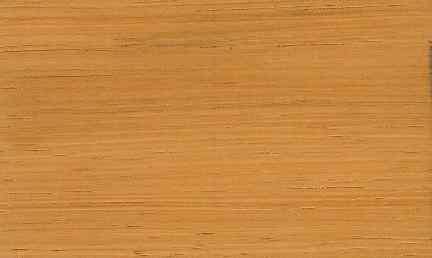
New Guinea Boxwood (Xanthophyllum papuanum)
Family: Xanthophyllaceae
Common names: New Guinea Boxwood
Distributed in: Australia, Malaysia, Papua New Guinea, Solomon Islands (Oceania and S.E. Asia)
Distribution overview: The species occurs in Papua New Guinea, Malaysia, the Solomon Islands, and Australia.
Common uses: Bedroom suites, Brush backs & handles, Building construction, Building materials, Cabin construction, Cabinetmaking, Construction, Decorative plywood, Decorative veneer, Domestic flooring, Drawer sides, Excelsior, Factory construction, Figured veneer, Flooring, Furniture , Handles, Heavy construction, Interior construction, Interior trim, Joinery, Kitchen cabinets, Living-room suites, Millwork, Mine timbers, Moldings, Office furniture, Parquet flooring, Plywood, Pulp/Paper products, Pulpwood, Radio - stereo - TV cabinets, Shafts/Handles, Sub-flooring, Tool handles, Trimming, Veneer, Wainscotting
Environment profile: Status has not been officially assessed
Tree size: Trunk diameter is 150-200 cm
Colors: the heart isRed, Yellowish brownand the sapwoodWhite, Yellow.The grain isStraight, the textureMediumand the lusterMedium
Natural durability: Susceptible to termite attack, Very durable
Odor: No specific smell or taste
Drying Defects: Checking, Distortion
Ease of Drying: Radial and tangential shrinkage from 4-7%
Comments: Vessels often contain white deposits
Blunting Effect:
Abrasive deposits are reported to dull tool edges rapidly and excessively
Cutting Resistance: Easy to saw
Gluing: Growth rings fairly distinct
Nailing: Fairly Easy to Very Easy, Very Good to Excellent
Planing: Requires sharp cutting edges
Resistance to Impregnation: Sapwood is permeable
Screwing: Fair to Good Results, Very Good to Excellent Results;
Painting: Very Good to Excellent; Polishing: Very Good to Excellent;
- Numerical data Metric
- Numerical data English
- Strength properties
- References
 |
 |
 |
 |
| Item |
Green |
Dry |
Metric |
| Specific Gravity |
|
|
|
| Density |
|
737 |
kg/m3 |
| Bending Strength |
751 |
1219 |
kg/cm2 |
| Crushing Strength |
381 |
620 |
kg/cm2 |
| Hardness |
|
742 |
kg |
| Impact Strength |
|
|
cm |
| Shearing Strength |
|
150 |
kg/cm2 |
| Stiffness |
131 |
163 |
1000 kg/cm2 |
| Tangential Shrinkage |
|
|
% |
| Radial Shrinkage |
|
|
% |
| Weight |
|
|
kg/m3 |
| Maximum Load |
|
|
cm-kg/cm3 |
| Toughness |
|
|
cm-kg |
| Static Bending |
500 |
778 |
kg/cm2 |
|
 |  |  |  | | Item | Green | Dry | English | | Bending Strength | 10682 | 17346 | psi | | Density | | 46 | lbs/ft3 | | Hardness | | 1637 | lbs | | Maximum Crushing Strength | 5429 | 8820 | psi | | Shearing Strength | | 2136 | psi | | Static Bending | 7125 | 11074 | psi | | Stiffness | 1876 | 2323 | 1000 psi | | Toughness | | 145 | inch-lbs | |
Resists denting and marring
High in density
Hardness = medium
Compression strength (parallel to grain) = high
Bending strength (MOR) = high
Bolza, E. and N.H. Kloot. 1966. The Mechanical Properties of 81 New Guinea Timbers. Division of Forest Products Technological Paper No. 41, Commonwealth Scientific and Industrial Organization, Melbourne, Australia.Eddowes, P.J. 1977. Commercial Timbers of Papua New Guinea - Their Properties and Uses. Forest Products Research Center, Office of Forests, Department of Primary Industry, Papua New Guinea.Keating, W.G., Bolza, E.,1982,Characteristics properties and uses of timbers. South East Asia, Northern,Australia and the Pacific,C.S.I.R.O. Div. Chemical Technology,Inkata Press,1
|








